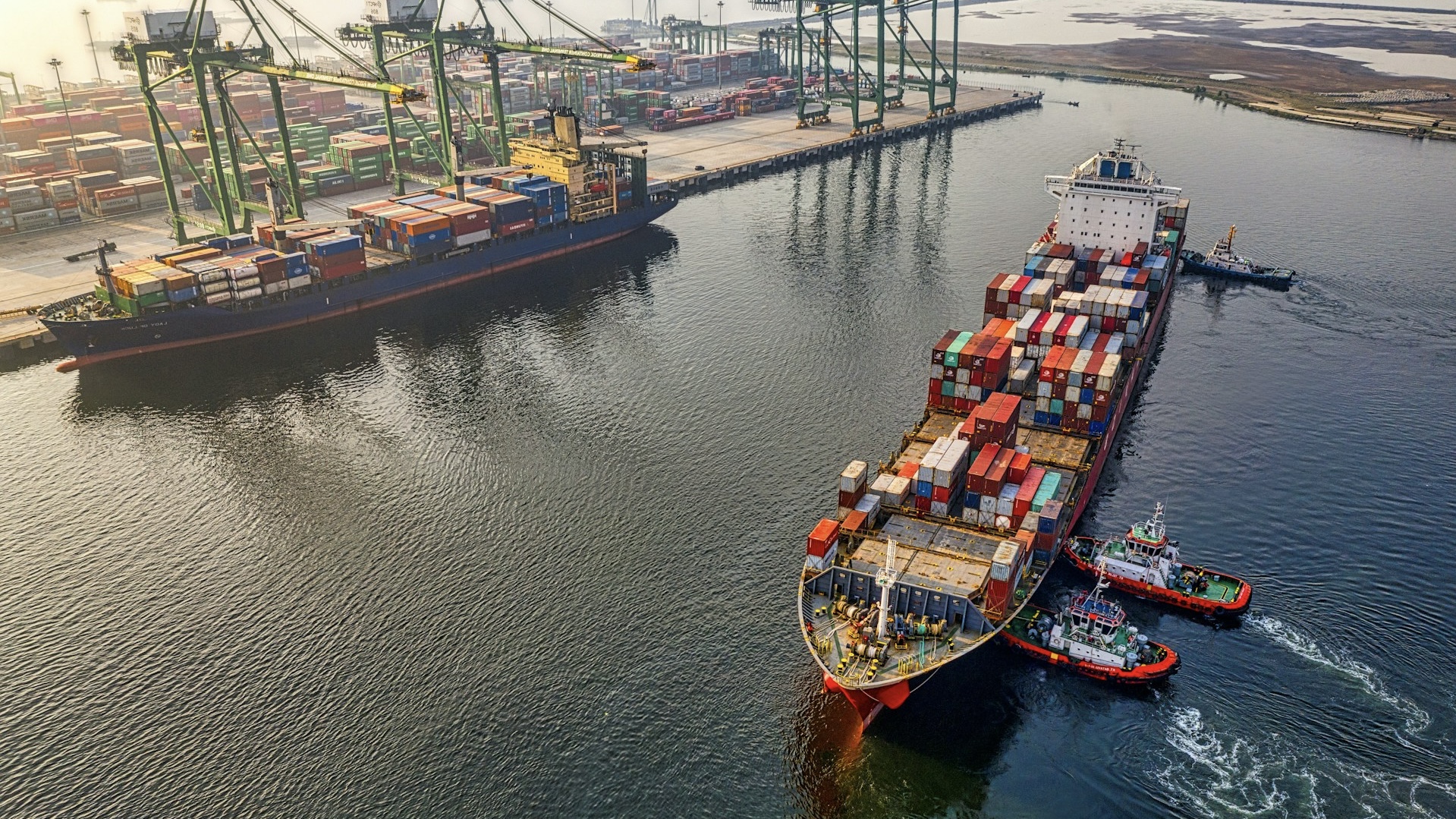About 90% of products shipped globally travel by sea — mostly on big cargo ships.
These vessels burn a lot of fossil fuels, which warm the climate and are expensive. One round-trip voyage from China to the U.S. costs millions of dollars in fuel alone.
Zha: “The fuel cost is about 30-50% of the operating cost of a typical shipping line.”
Gecheng Zha is an engineering professor at the University of Miami and runs Coflow Jet Lift, a startup.
His company is one of many that are developing technologies to help cargo ships harness the power of the wind, so they burn less fuel.
Some strategies use rigid sails, turbines, or spinning rotors to help propel the ships.
Zha’s approach uses big, stationary cylinders, each about 75 feet high, that would be mounted to a ship’s deck.
The cylinders suck in air, then pressurize and eject it in a different direction to generate thrust.
He says his research and prototypes suggest the technology could cut ships’ fuel use by 20-50%. So he sees great potential in using wind power to propel a cleaner future for marine shipping.
Zha: “We are very excited and motivated.”
Reporting credit: Sarah Kennedy / ChavoBart Digital Media
We help millions of people understand climate change and what to do about it. Help us reach even more people like you.
Source link


